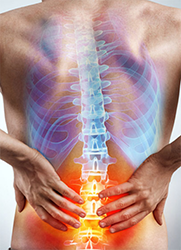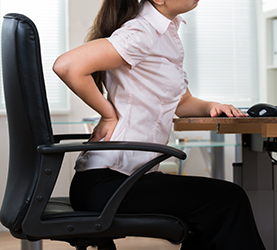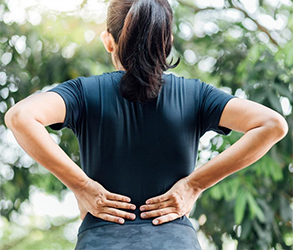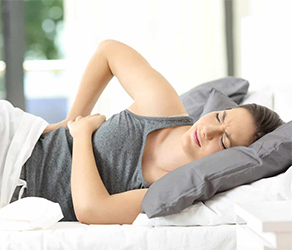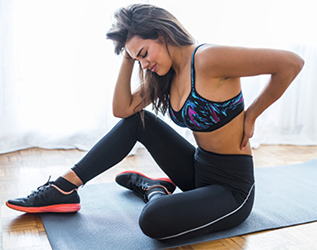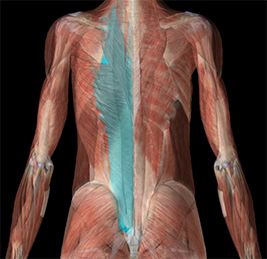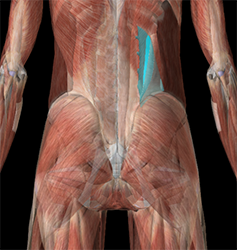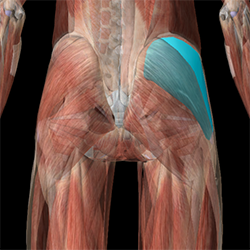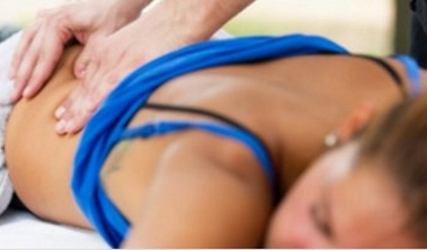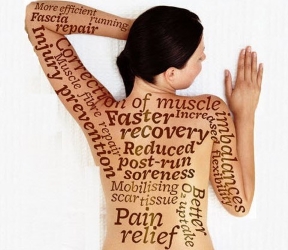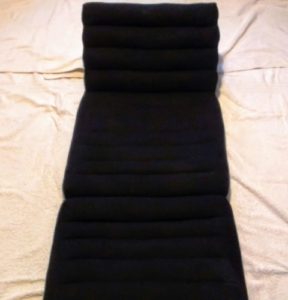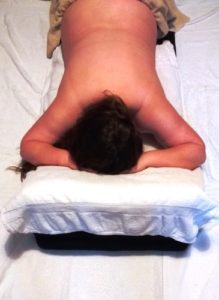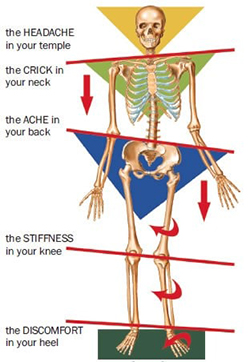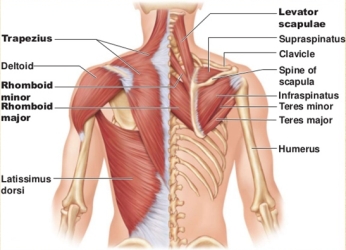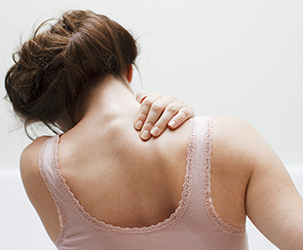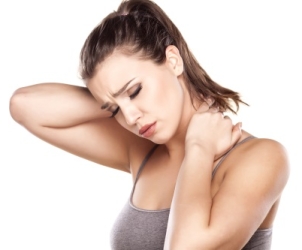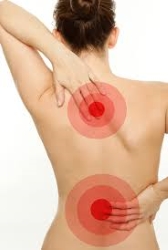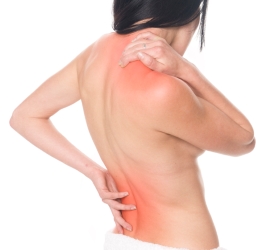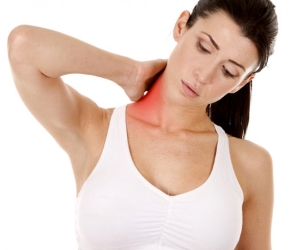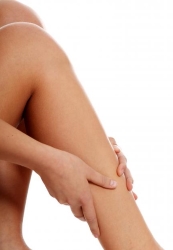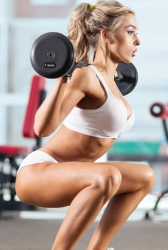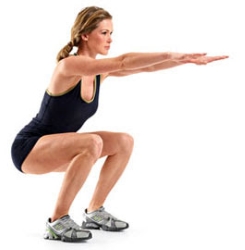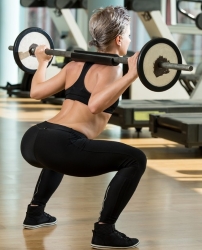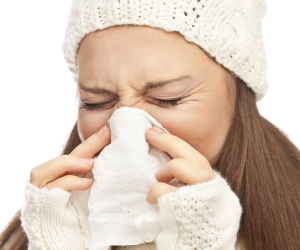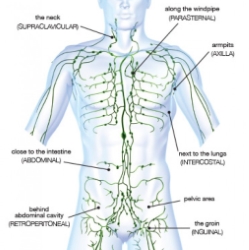Massage In York offers mobile sports massage to provide a personalised way to help muscles recover, stay flexible and perform at their best. As a qualified massage therapist and advanced personal trainer based in York, I provide a mobile service that comes to your home. This guide explains what sports massage is, the techniques used and how it can transform athletic performance and everyday well-being as part of personlised treatment.
Table Of Contents
What Is Sports Massage?
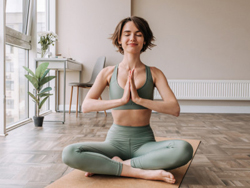
Sports massage is a specialised form of therapeutic treatment that targets muscles involved in physical activity. Unlike standard relaxation massage it focuses on alleviating muscle tightness, enhancing flexibility and preventing injuries. It combines deep tissue work, trigger point therapy and guided stretching to address areas where muscles tend to hold tension or become overworked.
This treatment is designed to:
- Boost blood and lymphatic circulation
- Dissolve muscle knots and release trigger points
- Increase flexibility and improve range of motion
- Accelerate the removal of metabolic waste products from muscles
By addressing both physical strain and mental stress, sports massage not only improves athletic performance but also contributes to greater everyday comfort and reduced pain. Mobile sports massage helps you integrate these benefits into a busy lifestyle to to speed up acute tightness or pain and fix chronic issues once and for all.
How Does Sports Massage Work
Enhancing natural healing processes is one of the main benefits of sports massage. Techniques like deep tissue manipulation and myofascial release increase blood flow, ensuring that oxygen and essential nutrients reach tired muscles. This improved circulation helps clear lactic acid and other metabolic byproducts, which in turn reduces delayed onset muscle soreness (DOMS) and improves overall flexibility. Plus sports massage triggers the parasympathetic nervous system, lowering stress hormones and promoting a state of relaxation. The benefits to your body and mind support faster recovery and improved performance. Whether your training for competition or managing the physical effects of everyday stress, the effects of regular sports massage are proven (1)
Techniques Used In Mobile Sports Massage
Each session is designed to meet your specific needs. The treatment includes several main techniques based on your areas of concern and overall goals.
Deep Tissue Manipulation
Deep tissue manipulation uses slow, deliberate strokes and firm pressure to reach the deeper layers of muscle tissue. This technique is especially effective in breaking up adhesions and chronic knots that can restrict movement and cause persistent pain. By working deeply into overused muscles, it helps to restore normal function and reduce stiffness.
Trigger Point Therapy
Trigger point therapy involves applying focused pressure to small, sensitive areas within a muscle where pain is often concentrated. These trigger points can refer pain to other parts of the body and limit overall mobility. Releasing them can provide targeted relief, reducing pain in a specific area and improving overall muscle function.
Myofascial Release
Myofascial release centres on the fascia, the connective tissue that surrounds muscles. Over time, it can become tight and restricted, leading to discomfort and a reduced range of motion. By applying gentle, sustained pressure, this technique releases tension in the fascia, helping to restore its natural elasticity. The result is improved muscle performance and greater ease of movement.
Guided Stretching And Mobilisation
Guided stretching and mobilisation involves exercises that are designed to complement the manual techniques applied during the massage. Stretching routines target key muscle groups such as the hamstrings, quadriceps, calves, back and shoulders. These are chosen to maintain and extend the flexibility achieved during the massage.
For example, after deep tissue work on the hamstrings, specific stretches are provided to help lengthen the muscle fibres and maintain the improved range of motion. Mobilisation techniques include gentle joint rotations and dynamic stretches that help loosen the surrounding soft tissues, ensuring that the benefits of the massage persist after the session has ended. This comprehensive approach not only improves immediate flexibility but also contributes to long-term improvements in muscle balance and overall mobility.
Benefits Of Mobile Sports Massage
The following advantages highlight why mobile sports massage is the best option if you’re looking to minimise muscle pain and optimise physical performance.
Faster Muscle Recovery And Reduced Soreness
After intense exercise or long workdays, muscles often become fatigued and sore. Sports massage accelerates the recovery process by stimulating blood circulation and promoting lymphatic drainage. This process helps to remove lactic acid and other metabolic waste products from the muscles, leading to reduced muscle soreness and a quicker return to normal activity. Athletes typically benefit from weekly or biweekly sessions, while others can experience noticeable improvements with weekly treatments.
Enhanced Flexibility And Range of Motion
Regular sports massage helps to loosen tight muscles and release restrictions in the fascia, resulting in improved flexibility. A greater range of motion not only enhances athletic performance but also reduces the risk of injury in everyday activities. The stretching and mobilisation techniques provided during a session are key to maintaining these benefits. As well as ensuring that muscle fibres remain flexible and balanced.
Reduction Of Muscle Tension And Pain
Chronic muscle tension can lead to ongoing discomfort and even more serious conditions if left untreated. Sports massage targets these tight areas using deep tissue techniques and trigger point therapy to reduce tension and dissolve painful knots. This targeted relief can significantly decrease discomfort and prevent further complications developing (2)
Improved Mental Well-being
The benefits of sports massage extend beyond the physical. By lowering cortisol levels and activating the body’s relaxation response, it can also promote a state of mental calm. This stress reduction not only aids in muscle recovery but also enhances overall quality of life, making it easier to manage stress, whether it’s from athletic competition or daily stress.
Injury Prevention And Rehabilitation
Sports massage plays a crucial role in both preventing and rehabilitating injuries. By addressing muscle imbalances and releasing chronic tension, regular sessions can reduce the likelihood of strains, sprains, and other injuries. For individuals recovering from an injury, customised treatments help to restore muscle function, speed up healing, and reduce the risk of re-injury, supporting a smoother transition back to full activity.
The Convenience Of Mobile Sports Massage in York

One of the main benefits of mobile sports massage is the convenience it offers. Instead of navigating through York’s notorious traffic to reach a clinic, you can have a session in your home. This convenience not only saves valuable time but also eliminates the stress associated with commuting in a busy city. With flexible scheduling available 7 days a week up to 9pm, treatments can be easily incorporated into even the most hectic of schedules. The ability to receive professional treatment without the need to travel means that recovery becomes an accessible, stress-free experience. This makes mobile sports massage an ideal choice for busy professionals and active individuals alike.
Frequently Asked Questions
What is the difference between a sports massage and a regular massage?
Sports massage specifically targets muscles used during physical activity through deeper pressure and techniques like trigger point therapy and myofascial release, whereas a regular massage is more focused on general relaxation.
How often should I get a sports massage?
Competitive or amateur athletes typically benefit from sessions weekly or biweekly, while people with less intensive routines or average daily activity may find that weekly treatments are sufficient to maintain muscle balance and reduce tension.
Is mobile sports massage in York as effective as clinic-based treatment?
Yes, mobile sports massage in York delivers the same high-quality, personalised treatment as that provided in clinics. The convenience of having the service come to your home can even enhance the overall experience.
What should I do before and after a session?
Before a session it is advisable to stay well hydrated, avoid heavy meals and wear loose, comfortable clothing. After the treatment, follow personalised guidance on stretches, hydration and self-care to maintain the benefits and promote faster recovery.
How To Book A Mobile Sports Massage
If you would like to book a mobile sports massage at home in the York area please contact me on 07713 250352 or email david@massageinyork.co.uk. For more information on booking click here

